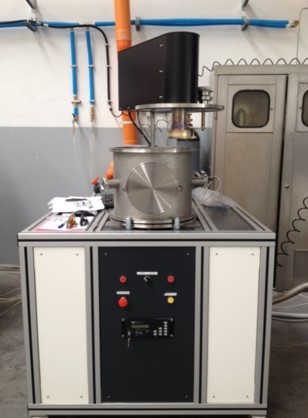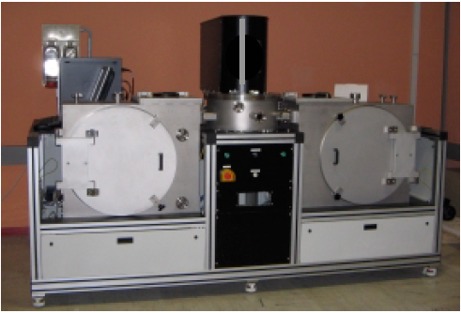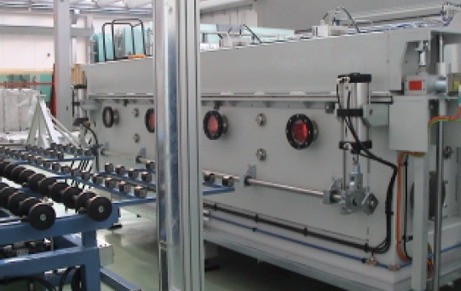Plasma, a separate ionized gas, is the 4th state of matter.
It is formed when a gas, or a vapor, is exposed to an electric field which fragments the molecules in active species (atoms, radicals, ions, electrons).
At low (10-1000 mTorr) or, in some cases, at high pressures, the gas temperature remains low, and it is called cold plasmas. Examples are Aurora Borealis and neon lights. When the cold plasma is uniform, the term glow discharge is used.
On the other hand, at higher pressures, thermal plasmas are formed, which can reach temperatures of thousands of degrees, for example in the stars.


Active species of cold plasmas modify the surface of thermolabile materials such as polymers, paper, textiles, etc. without altering its massive properties, in three different types of processes:
Deposition of thin films (PE-CVD);
Etching (superficial ablation);
Grafting (grafting of functional groups, crosslinking).
The nanoscale surfaces synthesized by plasma have characteristics that are completely original with respect to conventional materials, and they continuously create new applications in the most diverse fields, from microelectronics to solar cells, from textiles to plasma TV, from corrosion protection to packaging, from car to cultural heritage, from medicine to biomaterials.
The wide diffusion in the industry is due above all to the versatility of the plasmas and to the possibility of applying them to substrates of more varied shape, composition and industrial interest.


Other advantages are the absence of solvents and the use of minimum quantities of reagents (especially low pressure gas), which leads us to consider these "dry" processes as ecological and environmental friendly.
Due to their ability to modify materials for minimum thicknesses, from a few nanometers to a micron and, with appropriate measures, even in the other two dimensions, the plasma processes are to be considered nanotechnologies.

